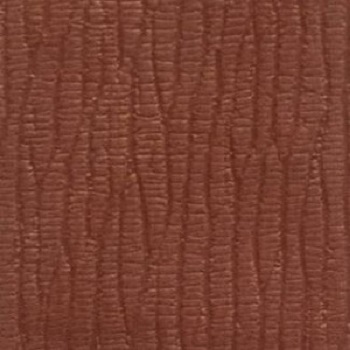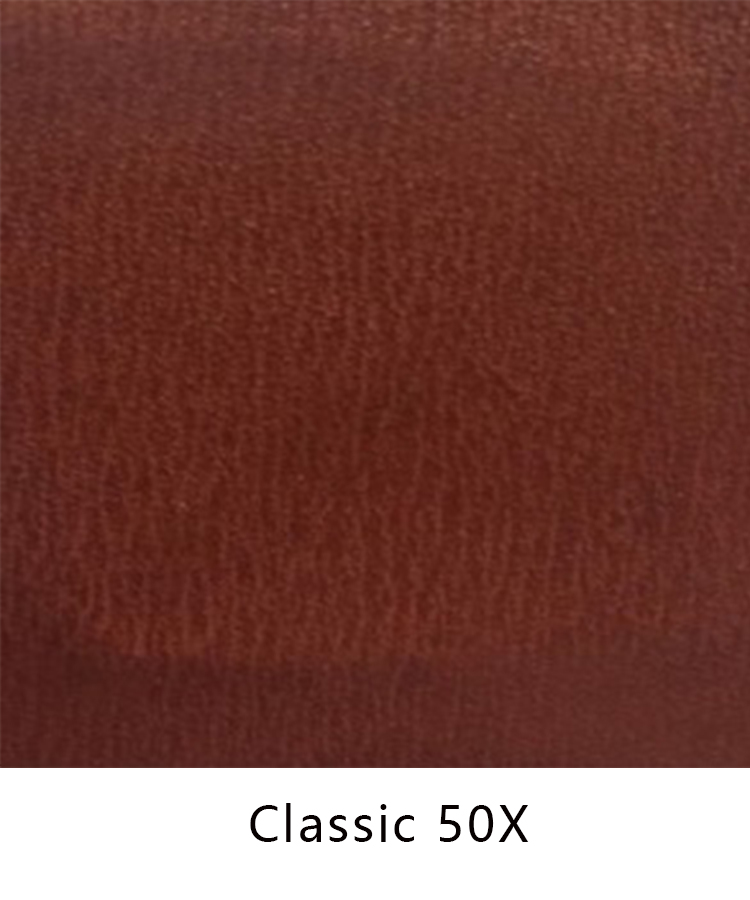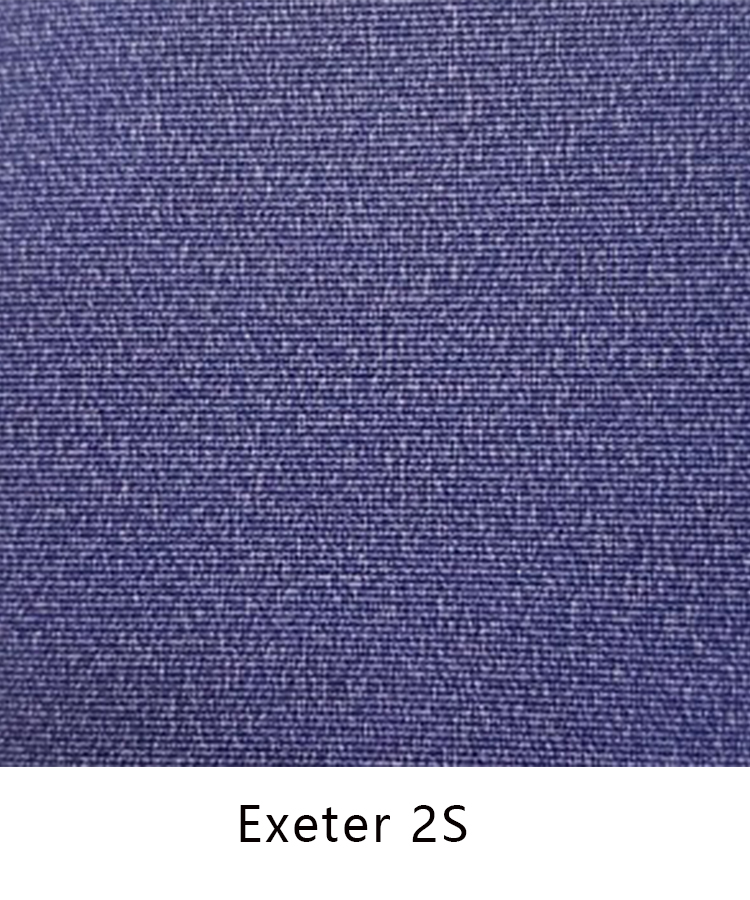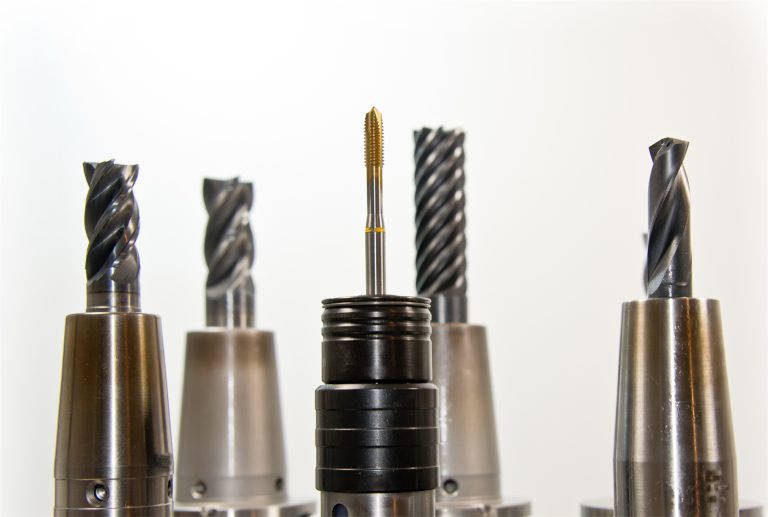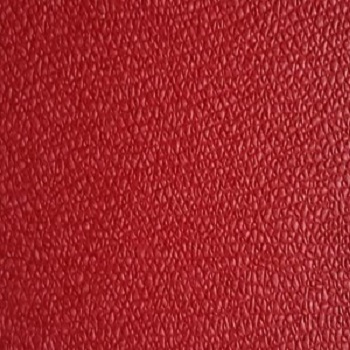Inhoudsopgave
Benefits of Using Leather Lining in Shoe Making
Leather lining is a popular choice for shoe manufacturers due to its many benefits. Not only does it provide a luxurious feel and look to the shoes, but it also offers a range of practical advantages that make it a top choice for both designers and consumers alike.
One of the main benefits of using leather lining in shoe making is its durability. Leather is a strong and resilient material that can withstand the wear and tear of daily use, making it ideal for lining the inside of shoes. This durability ensures that the shoes will last longer and maintain their shape and structure over time, providing long-lasting comfort and support to the wearer.
In addition to its durability, leather lining also offers superior breathability compared to synthetic materials. Leather is a natural material that allows air to circulate, helping to regulate temperature and prevent moisture build-up inside the shoes. This breathability helps to keep the feet cool and dry, reducing the risk of odors and discomfort during long periods of wear.
Furthermore, leather lining is known for its ability to conform to the shape of the foot over time, providing a custom fit that molds to the wearer’s unique foot shape. This personalized fit not only enhances comfort but also helps to prevent rubbing and blisters, ensuring a more enjoyable wearing experience for the consumer.
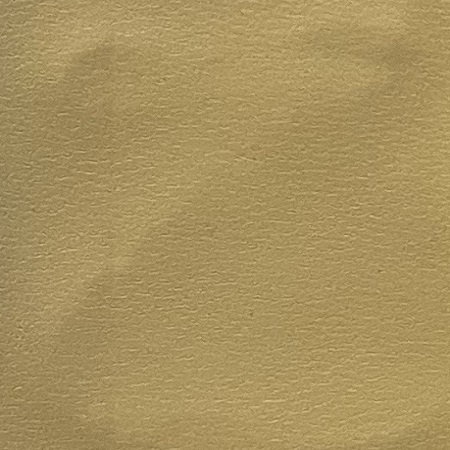
Another advantage of using leather lining in shoe making is its luxurious feel and appearance. Leather has a rich and elegant look that adds a touch of sophistication to any shoe design. This premium aesthetic appeal makes leather-lined shoes a popular choice for formal and dressy occasions, as well as everyday wear for those who appreciate the finer things in life.
Moreover, leather lining is easy to maintain and clean, making it a practical choice for busy individuals who want shoes that are both stylish and low-maintenance. Leather can be wiped clean with a damp cloth and conditioned regularly to keep it looking fresh and supple, ensuring that the shoes will continue to look great for years to come.
In conclusion, leather lining offers a range of benefits that make it a top choice for shoe manufacturers and consumers alike. From its durability and breathability to its custom fit and luxurious appearance, leather lining provides a superior option for those who want high-quality shoes that look and feel great. Whether you’re looking for a stylish pair of dress shoes or comfortable everyday footwear, leather-lined shoes are sure to meet your needs and exceed your expectations.
How to Choose the Right Leather Lining for Your Shoes
Leather linings are an essential component of high-quality shoes, providing comfort, durability, and breathability. When choosing the right leather lining for your shoes, there are several factors to consider to ensure that you select the best option for your needs.
One of the most important considerations when choosing a leather lining is the type of leather used. Full-grain leather is the highest quality option, as it is made from the top layer of the hide and retains the natural grain pattern. This type of leather is incredibly durable and will develop a beautiful patina over time. Top-grain leather is another popular choice, as it is slightly thinner and more flexible than full-grain leather. While still high quality, top-grain leather may not be as durable as full-grain leather.
In addition to the type of leather, it is important to consider the thickness of the lining. Thicker leather linings provide more structure and support, making them ideal for dress shoes or boots. Thinner leather linings, on the other hand, are more flexible and lightweight, making them a good choice for casual or athletic shoes. The thickness of the lining will also affect the overall feel and comfort of the shoe, so it is important to choose a thickness that is appropriate for the style of shoe you are making.
Another important factor to consider when choosing a leather lining is the tanning process used. Chrome-tanned leather is the most common type of leather used for linings, as it is durable, flexible, and relatively inexpensive. However, chrome-tanned leather can be less breathable than vegetable-tanned leather, which is tanned using natural materials such as tree bark. Vegetable-tanned leather is also more environmentally friendly, making it a popular choice for those who are concerned about sustainability.
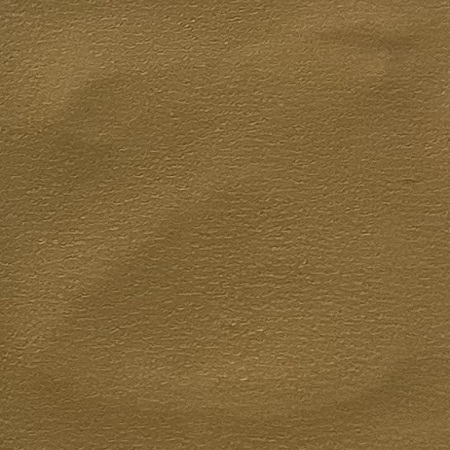
When selecting a leather lining for your shoes, it is also important to consider the color and finish of the leather. Leather linings are available in a wide range of colors, from classic black and brown to more vibrant shades like red or blue. The finish of the leather can also vary, with options ranging from smooth and polished to textured and matte. The color and finish of the lining should complement the overall design of the shoe and reflect your personal style.
In addition to these factors, it is important to consider the cost and availability of the leather lining. Full-grain leather linings are typically more expensive than top-grain or split leather linings, so it is important to consider your budget when making a decision. It is also important to ensure that the leather lining you choose is readily available from a reputable supplier, as this will ensure that you can easily replace the lining if needed.
In conclusion, choosing the right leather lining for your shoes is an important decision that will impact the comfort, durability, and overall quality of the finished product. By considering factors such as the type of leather, thickness, tanning process, color, finish, cost, and availability, you can select a leather lining that meets your needs and enhances the overall design of your shoes. With the right leather lining, you can create shoes that are not only stylish and fashionable but also comfortable and long-lasting.
Sustainable Practices in Leather Lining Production
Leather lining is an essential component in the production of high-quality shoes. It not only adds a luxurious feel to the footwear but also provides comfort and durability. However, the process of producing leather linings can have a significant impact on the environment if not done sustainably. In recent years, there has been a growing awareness of the need to adopt sustainable practices in the leather industry, including the production of leather linings for shoes.
One of the key aspects of sustainable leather lining production is the sourcing of raw materials. Leather is typically made from the hides of animals such as cows, sheep, and goats. To ensure sustainability, it is important to source these hides from suppliers who adhere to ethical and environmentally friendly practices. This includes ensuring that the animals are raised and slaughtered in humane conditions, as well as minimizing the use of chemicals in the tanning process.
| Article Name | Model |
| Shoe lining material | S |
Another important consideration in sustainable leather lining production is the tanning process itself. Traditional tanning methods often involve the use of toxic chemicals such as chromium, which can have harmful effects on both the environment and the health of workers. To address this issue, many leather manufacturers are now turning to more eco-friendly tanning methods, such as vegetable tanning. This process uses natural tannins found in plants to tan the leather, resulting in a product that is both environmentally friendly and safe for workers.
In addition to sourcing and tanning, the production of leather linings also involves other processes that can impact sustainability. For example, the dyeing and finishing of leather can involve the use of chemicals that are harmful to the environment. To address this issue, some manufacturers are now using natural dyes and finishes that are free from toxic substances. These eco-friendly alternatives not only reduce the environmental impact of leather production but also create a safer working environment for employees.
Furthermore, the waste generated during the production of leather linings can also be a significant environmental concern. Leather scraps and other byproducts are often discarded as waste, contributing to landfill pollution. To address this issue, some manufacturers are now implementing recycling programs to repurpose these materials. Leather scraps can be used to create new products such as accessories or even recycled into new leather linings, reducing the amount of waste generated in the production process.
Overall, sustainable practices in leather lining production are essential for reducing the environmental impact of the leather industry. By sourcing raw materials ethically, using eco-friendly tanning methods, and minimizing waste, manufacturers can create high-quality leather linings that are both luxurious and environmentally friendly. Consumers can also play a role in promoting sustainability by choosing products made from sustainably produced leather linings and supporting companies that prioritize environmental responsibility.
In conclusion, the production of leather linings for shoes can be done sustainably by adopting ethical sourcing practices, eco-friendly tanning methods, and waste reduction strategies. By making these changes, manufacturers can create high-quality leather linings that are both luxurious and environmentally friendly. Sustainable practices in leather lining production are essential for ensuring the long-term viability of the leather industry and protecting the environment for future generations.

